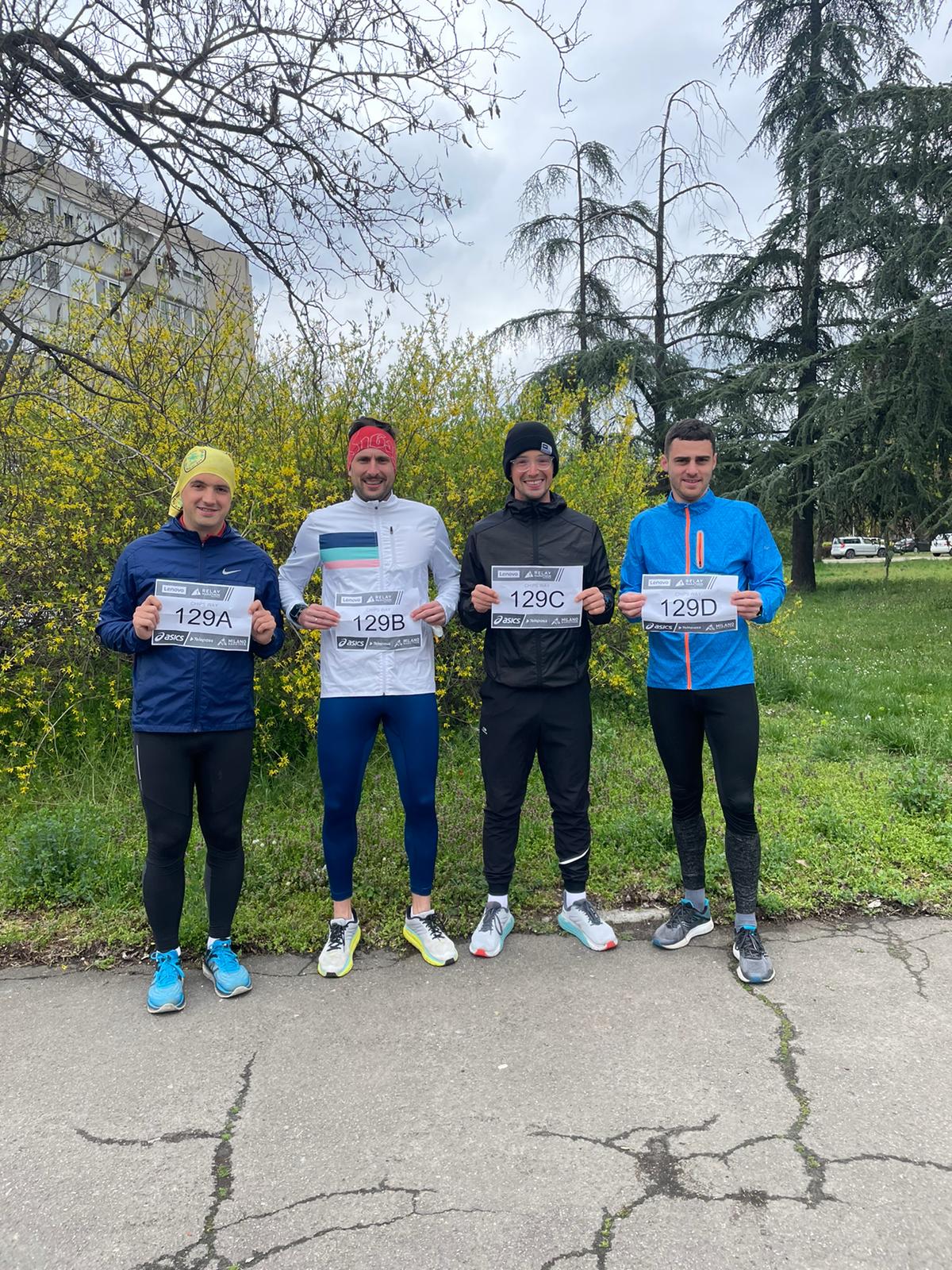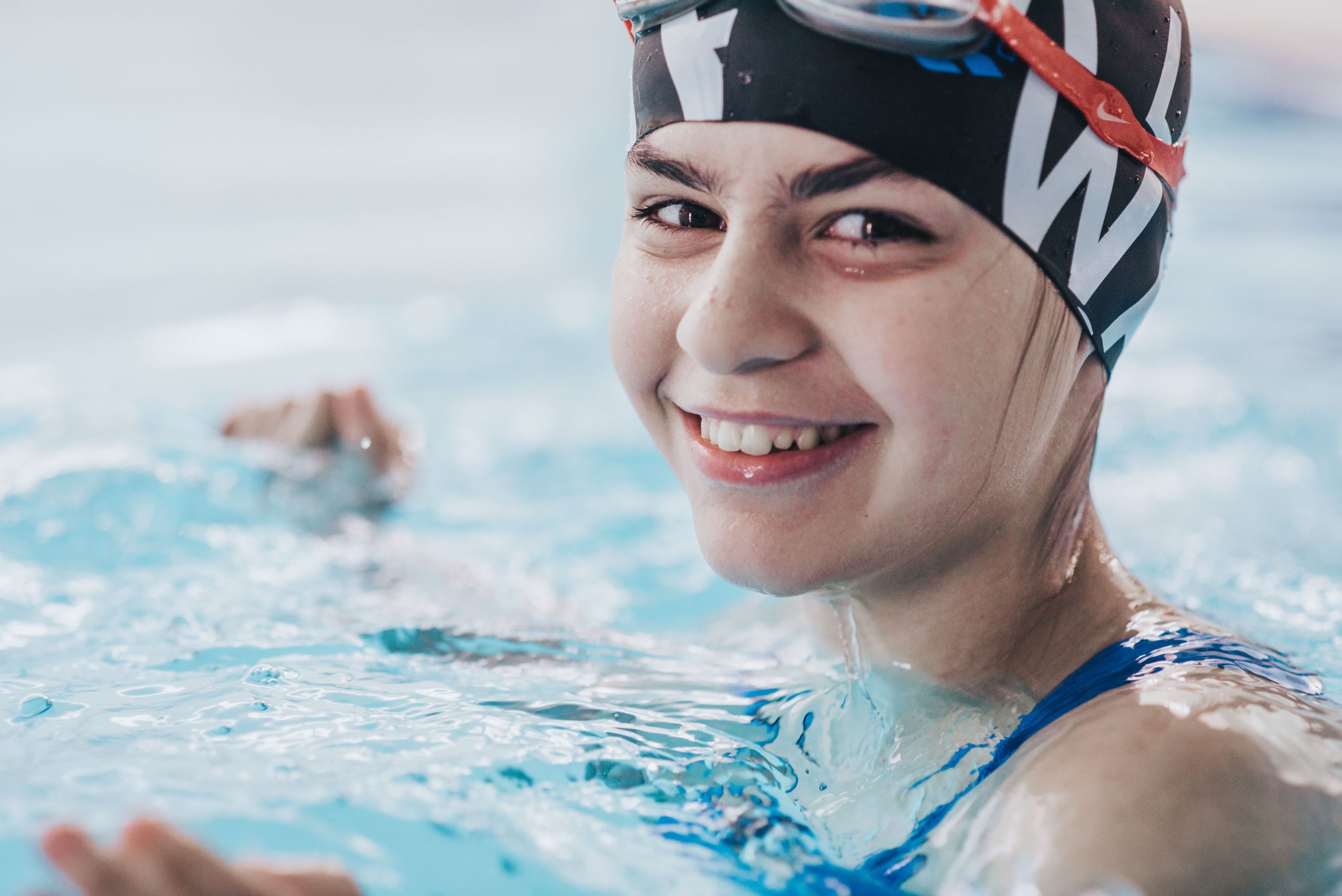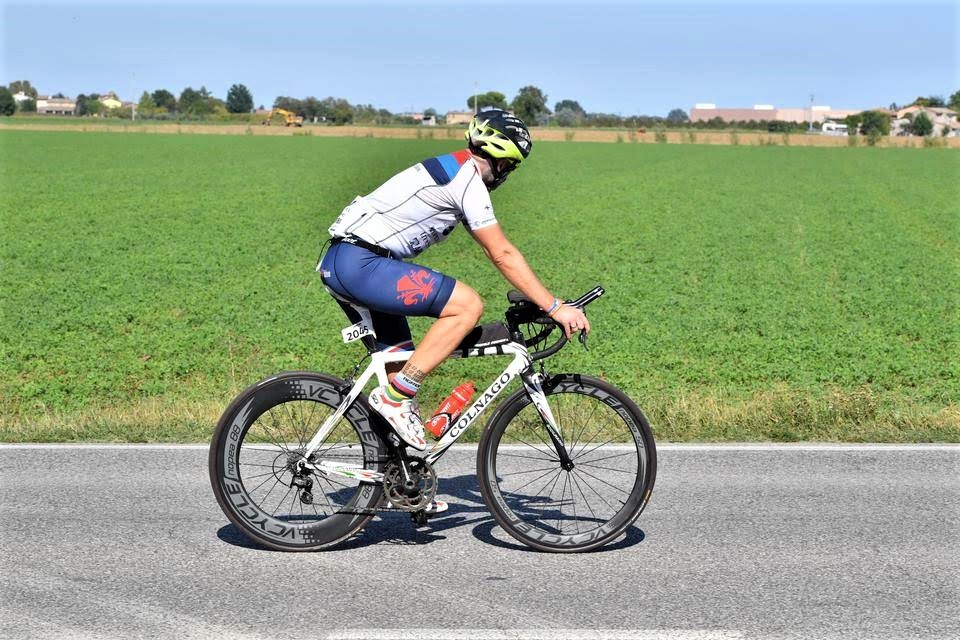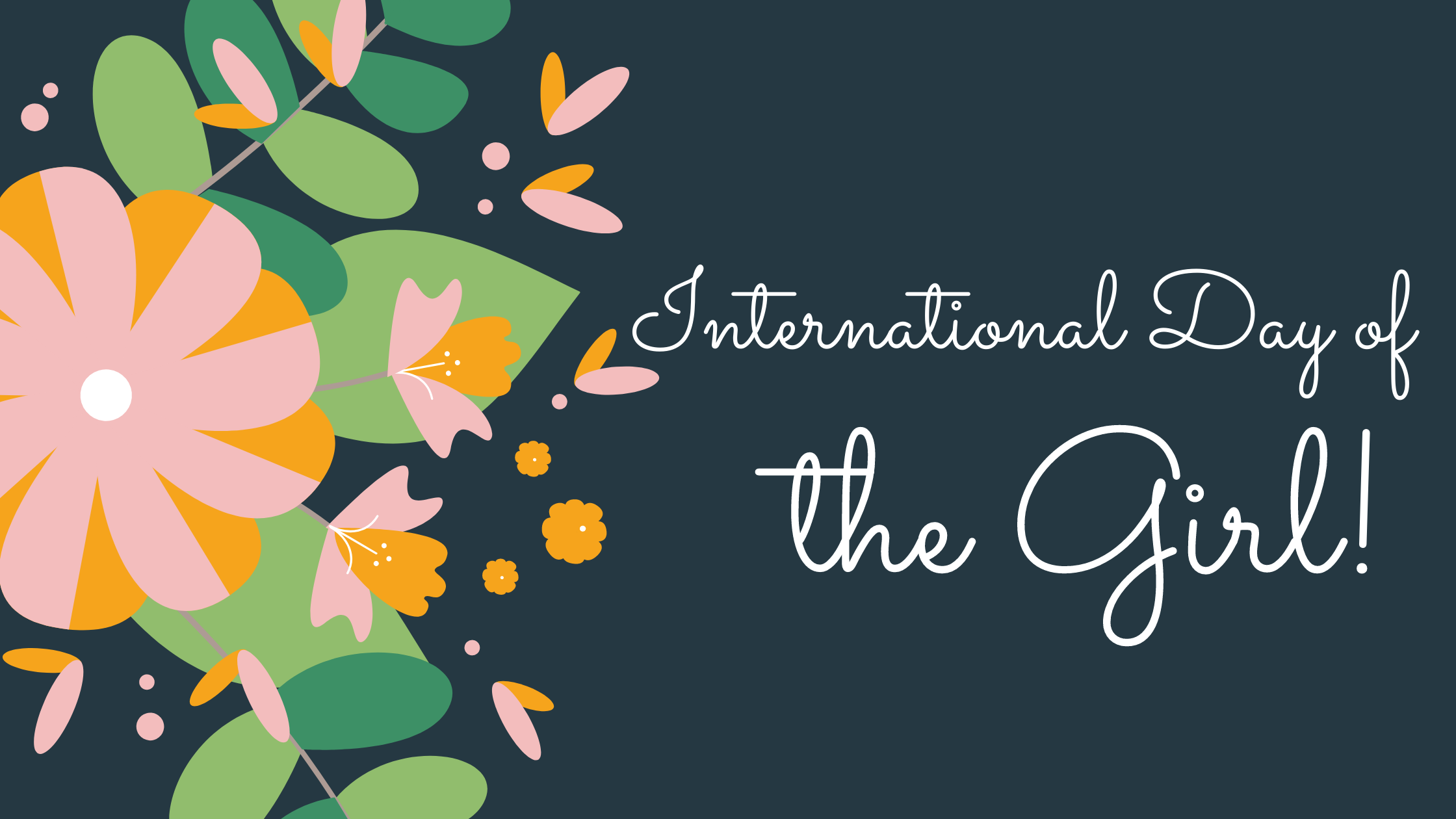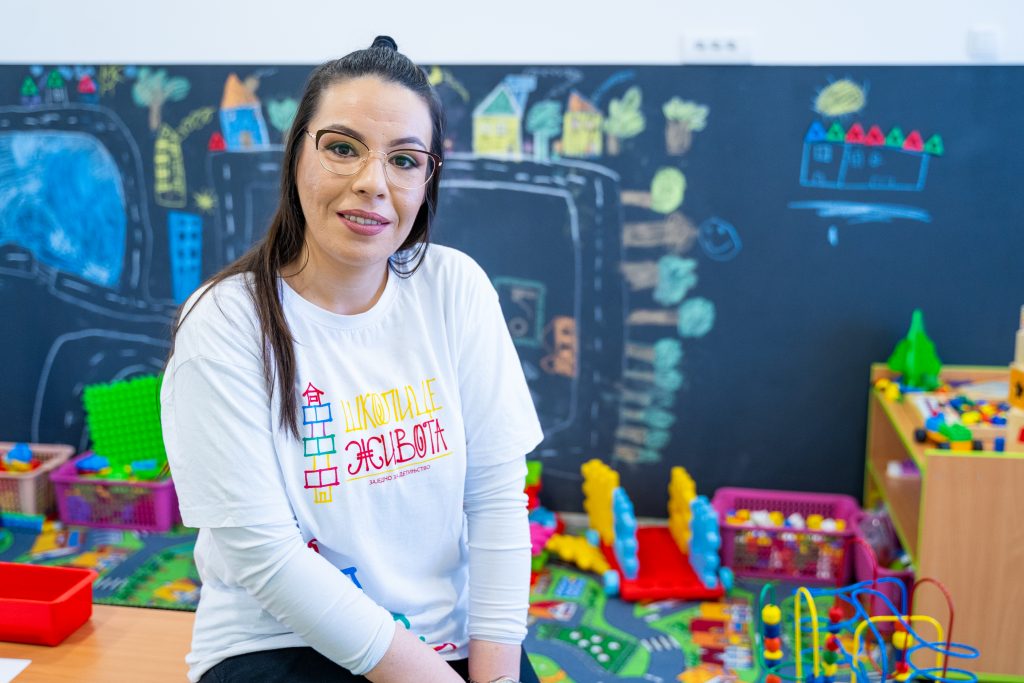Despite nearing equality in Olympic competition, there are huge disparities in men’s and women’s sports from the elite level down to recreational level and amongst children.
The 2012 Olympics in London had more than its fair share of accomplishments. As athletes from around the world forced heart and nerve and sinew meeting with their personal triumphs and disasters, some stories transcended sporting excellence.
For the very first time every national team fielded women competitors, which meant that for the very first time Brunei, Qatar and Saudi Arabia broke with their tradition of a male only team. Wojdan Shahrkhani competed in judo and Sarah Attar competed in the 800m track and field for Saudi Arabia, a country which forbids not just physical education for girls in public schools, but also bars them as spectators at all major sporting stadiums.1 Given this, it is probably not surprising that their attendance and participation did not go without controversy.
Influential clerics decried their participation and twitter hatred targeted not just the girls but their families too, insisting that they were shameful and had no honour; their abuse trending on Twitter was under the hashtag ‘Olympic whores’ (translation).
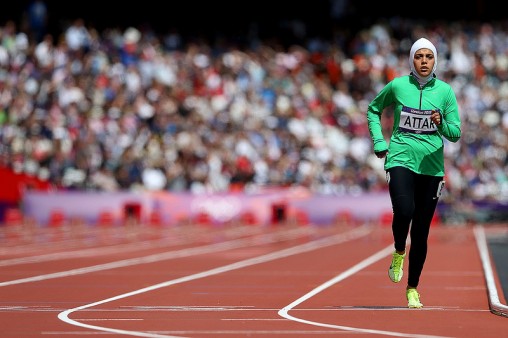
Photo credit: trcanje / Foter / Creative Commons Attribution-NonCommercial-ShareAlike 2.0 Generic (CC BY-NC-SA 2.0)
This issue was about much more than sporting excellence. It was about equality: equality of access to sports and competition at the Olympics, paving the way for the human right of equality of access to sports. Despite finishing more than 30 seconds behind her nearest competitor, Attar received a standing ovation as she crossed the finish line. Both women are examples of Olympism in action, inspiring change and advocating for gender equality:
I think this can really spark something for women in Saudi Arabia, to get more involved in sports, to become more athletic,” Attar said. “Maybe in the next Olympics, we could come with a very strong team.2
Women in sport have made much progress. In the London 1908 Games only 1.8% of competitors were women, but by 2012 London Olympics 44.2% of the athletes were women. With the introduction of the women’s ski jump, ski half pipe and slope style this year in Sochi, women are now represented in all sports on the Olympic programme.3
But this does not tell the whole story. Despite nearing equality in Olympic competition, there are huge disparities in men’s and women’s sports from the elite level down to recreational level and amongst children. In the UK, the gap begins at about the age of ten and by the age of 15 only half as many girls as boys are doing the recommended level of physical activity.4 We know that as a society a very few of us are active enough to accrue the health benefits that exercise brings, which means that girls are setting themselves up to be more at risk of diseases such as diabetes and some cancers.
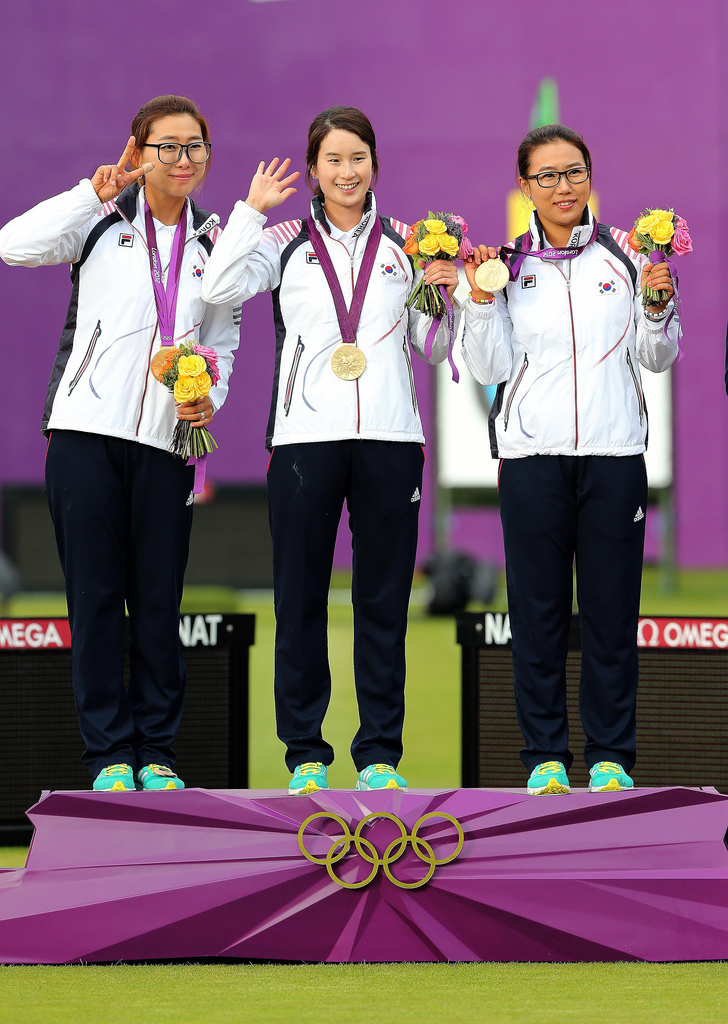
Photo credit: KOREA.NET – Official page of the Republic of Korea / Foter / Creative Commons Attribution-ShareAlike 2.0 Generic (CC BY-SA 2.0)
Despite the benefits of sport and physical activity: ‘self-esteem, including self-perception, self-worth, self-efficacy, self-empowerment, and enhanced personal freedom’5 , there are too few visible role models for young people around the world. The sad fact is that although there are a huge number of incredible and inspirational female athletes, they are given too little media coverage which also has an impact on their earning potential. At the recent Sony Open tennis tournament in Miami, 26 matches of the women tennis competition were produced and streamed as opposed to 71 matches of the men’s draw.6 This is not as a result of supply and demand as the ticket sales for the women’s matches were high and both men’s and women’s matches on the Tennis Channel were rated comparably.7 This is not about a lack of demand from spectators with women’s sports becoming increasingly popular e.g. the 2011 women’s World Cup final was the most tweeted event ever at the time, yet sports coverage and sports reporting is just not reflecting this. Just 12 months after the London Olympics which showcased the world’s best female athletes, only 3% of sports reporting was about women’s sport. Dr Packer, a senior clinical lecturer in public health, believes that this lack of coverage is hugely significant:
Despite the success of our female athletes, both at the 2012 Games and later, the women’s sport, at least in the eyes of the print media that we studied, remains a minority sport. Until we change this perception, the level of participation of girls and women in sport will continue to suffer, as will the public health as a result.8
Although there is still far to go to achieve equality of opportunity for sport for all, good work is being done throughout the world. In Egypt, the Ishraq programme was started to develop girls’ skills, increase their self-confidence, build their citizenship and leadership abilities, and raise their expectations for the future. Physical activity is combined with education on hygiene, nutrition and health as well as developing life skills. In Afghanistan the Sport for Women project offers educational and sporting activities for up to 10,000 women and girls.9 These, and countless other projects around the globe, are changing attitudes and changing reality for half of the population. Hopefully it will allow more women like Wojdan Shahrkhani and Sarah Attar to break the shackles and aspire to sporting excellence for themselves and their health, and to inspire others. Sport is for all, no matter what level it is practised at. It is not purely a masculine pursuit – what better way of experiencing the joys of being human.
Watch and be inspired by this video which celebrates women Olympic heroes produced for International Women’s Day this year.
http://www.olympic.org/news/celebrating-inspirational-role-models-on-international-women-s-day/226865
Resources:
- http://www.theguardian.com/commentisfree/2012/jul/13/olympics-2012-saudi-women
- http://www.theguardian.com/sport/2012/aug/08/sarah-attar-saudi-arabia-olympics
- http://www.olympic.org/news/celebrating-inspirational-role-models-on-international-women-s-day/226865
- http://youngfoundation.org/wp-content/uploads/2012/10/YOF1716_Nike_report_08_12_web_1.pdf
- http://www.un.org/wcm/webdav/site/sport/shared/sport/SDP%20IWG/Chapter4_SportandGender.pdf
- http://www.nytimes.com/2014/03/28/sports/tennis/where-are-the-sony-open-cameras-mostly-watching-the-men.html
- http://www.nytimes.com/2014/03/28/sports/tennis/where-are-the-sony-open-cameras-mostly-watching-the-men.html
- http://www.theguardian.com/lifeandstyle/womens-blog/2014/mar/13/womens-sport-newspaper-coverage-birmingham-university
- http://www.un.org/wcm/webdav/site/sport/shared/sport/SDP%20IWG/Chapter4_SportandGender.pdf







